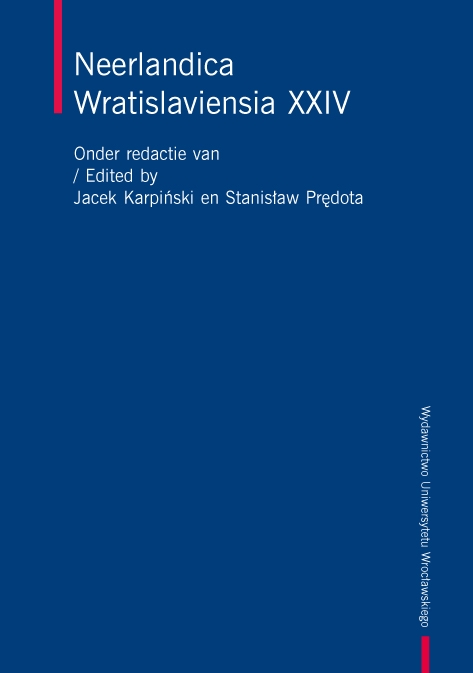

Articles

Dutch is a most unstable language in which we find not only double plurals, double genders, and double suffixes, but also many cases of double or triple prepositions. As a rule, dictionaries mention them, but never define their relative frequency.
In the present article I analyse the relative frequency of some fifty of those prepositions in two Dutch newspapers NRC and De Telegraaf, two Flemish newspapers De Standaard and De Morgen, and two weekly papers Elsevier for the Netherlands and Knack for Flanders, i.e. in six papers that have been online for over ten years, aswell as in Google general corpora, namely the entire corpus and last year’s corpus. The selection of prepositions is based on two corpora by the association ‘Onze Taal’, which sometimes voices its preferences and on a number of prepositions I have come across on the Internet.
I also refer to comments to be found in the ‘Grote van Dale’, the only Dutch dictionary that claims some linguistic authority. Our survey has shown that ‘Onze Taal’ and the ‘Grote van Dale’ are wrong in a number of cases as to preferences or inclusion of some prepositions in dictionaries. It also brings out significant differences between the Netherlands and Flanders.